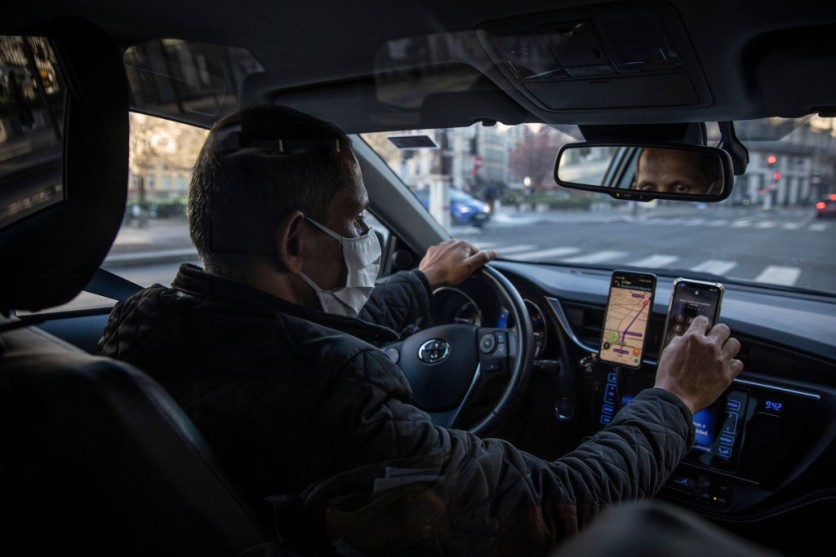Uber and Lyft are getting more bookings from passengers in comparison to when the COVID pandemic started. However, there are too few drivers to chauffeur the app users. Hence, the prices have skyrocketed, and the waiting time extended. In turn, it is pissing off passengers.

Despite the attractive incentives for drivers that both ride-hailing apps have imposed, most still feel that they're likely to contract COVID when they get back behind the wheel.
As such, passengers pay and wait for more than ever.
Extended Booking Time
For instance, USA Today reported that one Lyft user had to wait for almost an hour to ride a car.
Danielle DiMartino, a Lyft passenger, said that after experiencing that grueling booking time, she had to pay double in compared to what she used to pay pre-pandemic. And it is not a single occurrence. She has encountered that with ride-hailing elsewhere.
Zachary Kizer, the Lyft Spokesman, said that the long wait is attributed to the "big increases in demand for rides, as vaccines roll out and people start moving again."
On the flip side, Becky Katz Davis, Uber Spokeswoman, said that the root cause of the extended waiting is because "many drivers" left the company due to the lockdown brought by the pandemic in 2020.
Uber and Lyft bid farewell to thousands of its drivers when the pandemic's wrath started to cripple the United States in 2020.
Read Also : Electronic Vehicles Must be Used by Ride-Hailing Companies by 2030, According to California Regulators
Incentive Not Enough?
Uber and Lyft are allocating millions of dollars to bring back drivers on the road.
Lyft even assured that they are doing their best to meet the demand through incentivizing their drivers handsomely, USA Today reported.
As per the New York Times, the ride-hailing company has already spent a whopping $100 million for driver incentives alone.
On the other hand, Uber is spending more at the tune of $250 million. The raid-hailing app is even calling the incentives a "stimulus."
However, the added revenue provided to the drivers appears to be ineffective in persuading them of driving the wheel again as the shortage still prevails.
John Zimmer, Lyft President, proves otherwise, saying that the drivers of Lyft have increased by 25% from the span of February to May.
In addition, the company claimed that the earnings of their driver are at "all-time highs" on May 5.
Uber, however, admits that their driver count still lags way behind last year for 22%.
"We have not seen driver supply keep up with the demand growth in the U.S.," Dara Khosrowshahi, Uber Chief Executive told New York Times.
Related Article : Study Suggests That Self-Driving Car Manufacturers Should Look Into These Before Launching Next Vehicle
This article is owned by Tech Times
Written by Teejay Boris
ⓒ 2025 TECHTIMES.com All rights reserved. Do not reproduce without permission.




